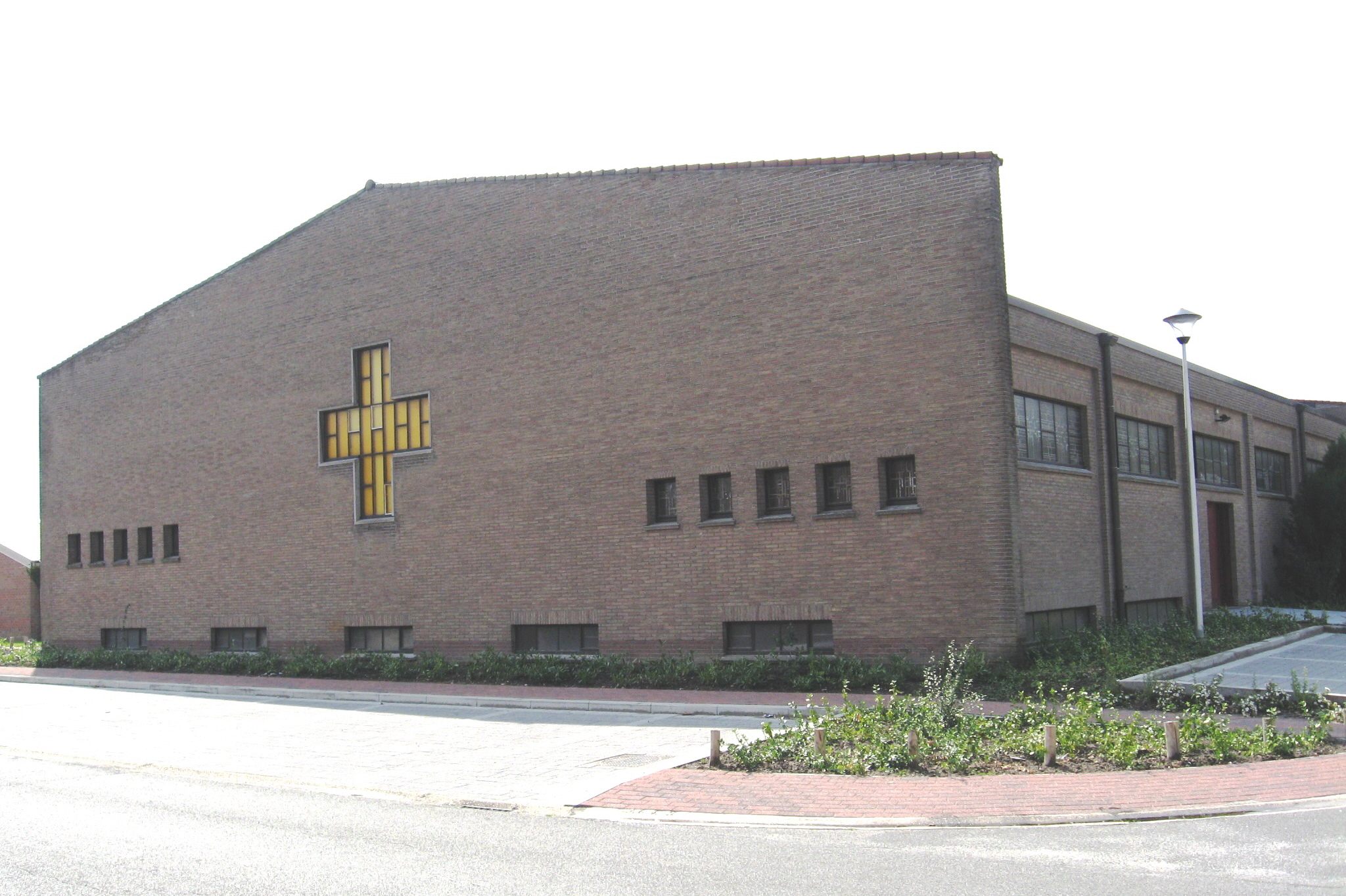Het Geleeg
The hamlet ‘het Geleeg’ owes its name to a farm that was built in 1837 by a certain Jan Willems from Leuven and named ‘het Geleeg’. Jan Willems was in fact a beer brewer who saw good livelihoods in the military camp. In 1844, however, he sold his estate to Pieter-Jan Bemindt who expanded the complex with a brewery, a gin distillery, and a mill.
This western part of the municipality was acquired for speculative purposes by a certain Edward Ronner from Brussels around the 1900s. This lawyer divided the 80 ha plot into building plots and hoped that the municipality had a huge expansion at the time, selling it to new residents with a lot of profit. The ‘Cité Neuve’ as Ronner called his project, would extend from the station and the Diestersteenweg to the Immert, a hamlet of Heppen. The development plan of Ronner was clearly inspired by that of 1870 and also characterized by large straight avenues.


It was mainly investors from Brussels, who hardly knew Leopoldsburg, who acquired plots of land with the idea of selling it to the military and miners. For example, 948 plots were sold between 1905 and 1906. . After 1906, Ronner, no longer sold plots for various reasons. First, he had to measure and situate the sites. Then he had to deforest the lots from the government and build squares and roads. Another reason is the fact that coal exploitation started well only around 1922, almost twenty years later.
The buyers who had already acquired land in the ‘Cité Neuve’, with speculative purposes, were forced to give these lands cheaply to people in the region who used them to build or farm there. Ronner himself landed in a financial swamp and during a crossing to England he jumped overboard on 19 January 1910. The lawyer’s body was never recovered.
In ‘het Geleeg’ you will find a modern church, built in 1962, and a thriving sports and meeting center.
This hamlet is now developing very strongly and may, after the center, be regarded as the second most important core of the municipality
Choose the hamlet for which you want to see more information (Click on the subject or on ‘See the details’):
This article is also available in
![]() Nederlands
Nederlands





